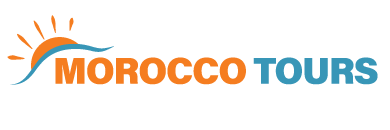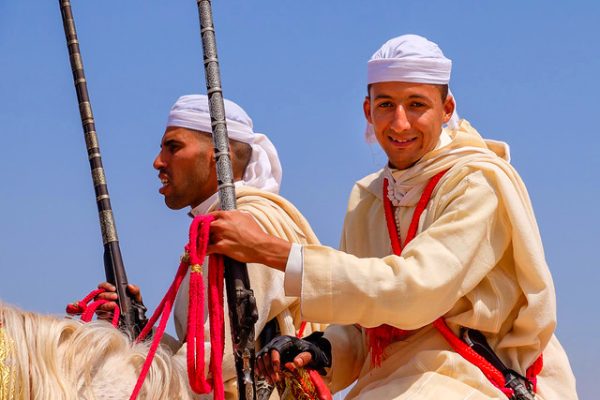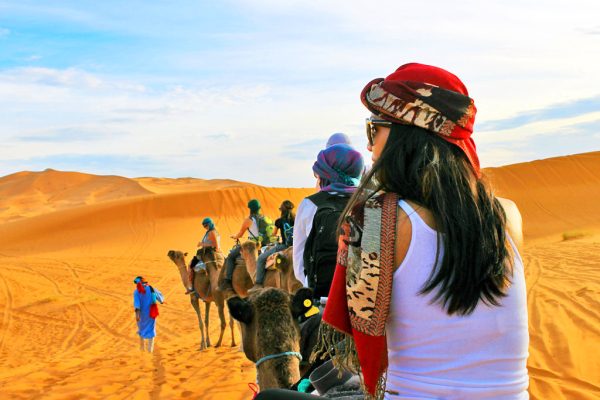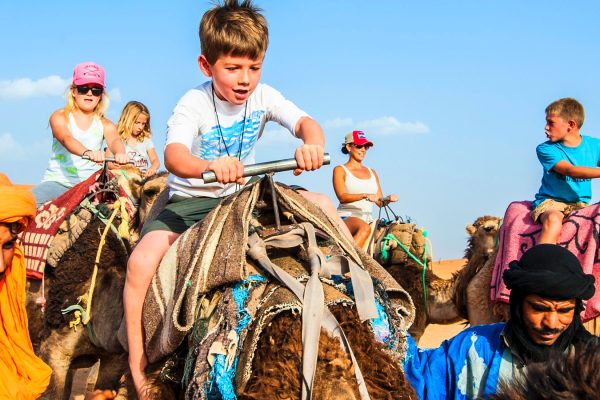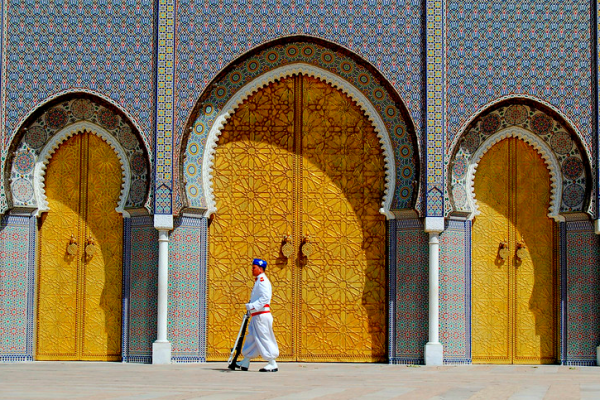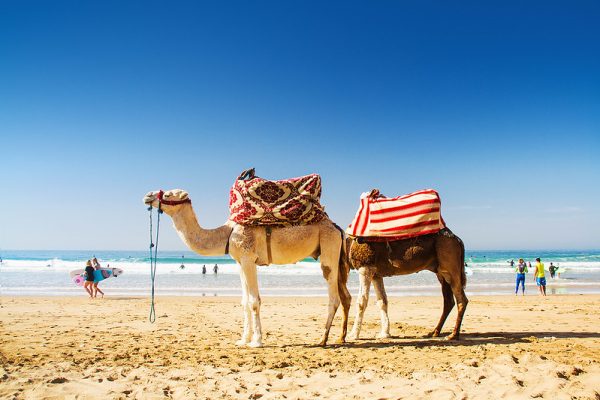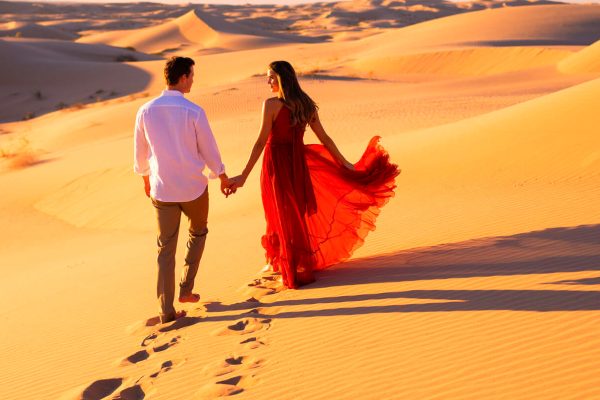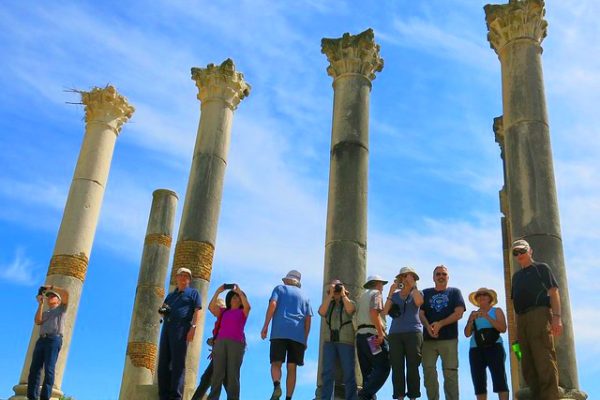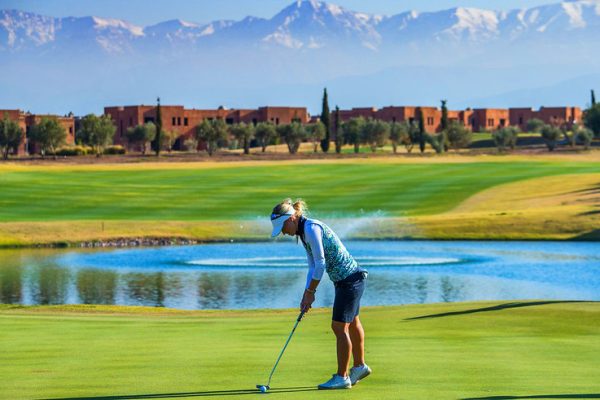HISRORY AND INFORMATION ABOUT THE KINGDOME OF MOROCCO
Morocco, situated in the north of Africa, is known to be one of the continent’s premier destinations. Here, the landscape ranges from the barren dunes of the south to the lush mountains of the north. This country has a long and fascinating history, with its monarchy dating back to 788 AD and its modern-day government featuring an elected parliament. Morocco has a strong economy, with an estimated GDP of 332.358 billion USD and a per capita income of 9339 USD. Its territory is immense, covering 274,460 square miles with a population of over 38 million. All of this makes Morocco an attractive destination for both tourists and those seeking to learn more about the country in depth.
Morocco is a North African nation situated in the Maghreb region, and it has a population of over 38 million. Its capital city is Rabat, and the largest city, Casablanca, is one of the most visited. The languages spoken by the locals are mainly Arabic and Berber; however, there are other commonly used foreign languages like English, Spanish, and French. The ethnic groups in the area are largely Arab-Berber, making up 99% of the population, along with other minor groups.
Sunni Islam is the main religion and the official language, while the government is a unitary parliamentary constitutional monarchy with King Mohammed VI as the monarch and Saadeddine Othmani as the Prime Minister. The official currency in Morocco is the Moroccan dirham, and, like in many countries, the right side is the driving side.
History
Morocco, since then, has been inhabited by Berbers and ruled by Berber dynasties from the 5th century to the present. Morocco was part of the Umayyad Caliphate from the 7th century on and later part of the Almohad Caliphate and Marinid dynasties in the 12th and 15th centuries, respectively.
Since prehistory, Morocco has been home to humans. Studies indicate that Homo sapiens resided in the region up to 315,000 years ago. In 33 BC, the Roman Empire annexed the territory. Following the decline of Roman power, the Berbers reclaimed parts of Mauretania in the 3rd century and, by the 5th century, had established their own dynasties. Morocco was subsequently part of the Umayyad Caliphate in the 7th century, the Almohad Caliphate in the 12th century, and the Marinid dynasty in the 15th century. It has remained inhabited by the Berber people since then.
The Islamic era has been a crucial part of Morocco’s history, and it has had a considerable influence on the way of life and culture of the country. Islam has been a defining factor for the people of Morocco since its introduction in the 7th century and continues to this day. Each of the many dynasties that ruled Morocco contributed to its growth and prosperity.
European Inflections
Morocco’s strategic position and abundant resources have continually attracted European interest throughout history. In the 15th century, Portugal tried to conquer the kingdom but met with failure. To better establish a connection, France opted for friendship, and in 1904 a favorable rapport had been built. German interest in Morocco then sparked a crisis, which ultimately found resolution in 1906. Through both World Wars, Moroccan soldiers joined the French in battle.
The years of French rule in Morocco saw harsh oppression and resistance from the Moroccans. In 1944, members of the Moroccan Independence Party demanded independence in a manifesto. This sparked an active movement that aimed to restore power to Sultan Mohammed V. Moroccans responded to French rule with protests, uprisings, and attacks. In 1955, a resistance group formed in Egypt, and they worked to ensure the return of Mohammed V. Finally, in 1956, Morocco allowed Mohammed V to return, sparking the start of independence talks.
It wasn’t too long before the negotiations for Morocco to gain independence were successful. Agreements led to the country’s political independence in 1956. Unfortunately, Morocco’s attempts to liberate other territories in 1958 were unsuccessful. The following year, King Hassan II became the first ruler of the newly independent kingdom. Despite this, understandably, there were still issues of political unrest during his early years as king. Morocco annexed Western Sahara in the 1970s, but the controversy persists to this day. During the 1990s, Morocco implemented a bicameral legislature and, in 2004, was declared a non-NATO ally and opened free trade deals with the European Union and the United States.
Politics
Morocco, a constitutional monarchy, regularly holds elections for the open parliament to select a bicameral House of Representatives and councilors. The king presides over the executive branch; however, he has not exercised his power to fire ministers, suspend the constitution, or dissolve the parliament since 1965. Following the death of the first king of independent Morocco, his son Mohammed VI was elected to office in 1999 and remains so to this day. A coalition government headed by the opposition socialist Abderrahmane Youssoufi was established in 1998, marking the first time an Arab government has assumed power through an election. The Supreme Court is the highest court in the country, and its judges are appointed by the monarch. There are 62 provinces and prefectures divided into 16 administrative regions, but Western Sahara and Polisario are not recognized as Moroccan territories by the international community.
Geography
In addition to the vast landscapes, the topography of Morocco is very diverse. Areas such as the Rif Range, the High Plateaus, the Middle Atlas Range, the High Atlas Range, the Anti-Atlas Range, and the Ziz and Draa Valleys showcase Morocco’s unique and diverse topography. These varying landscapes provide Morocco with a lot of unique activities and attractions, which attract tourists from around the globe.
Climate
The temperature in Morocco increases with elevation. The summers are extremely hot, and the temperature can reach up to 40°C in the central parts of the country. The highest temperatures are recorded during the months of June, July, and August. The winters are mild, and the temperatures can reach up to -7°C in the Atlas Mountains. The snowfall is usually experienced on the highest peaks of the Atlas Mountains.
The climate of Morocco can be summed up as having a Mediterranean climate in the north, a desert climate in the south, and a diverse climate in the Atlas Mountains. Rainfall varies from region to region, and temperatures increase with elevation. Summers can reach especially high temperatures, while winters in the mountains can be quite cold.
Wildlife
Morocco is rich in wildlife and biodiversity. With 454 bird species, including 5 introduced artificially and 156 rarely seen, the country is home to a variety of different animals. Sadly, the Barbary Lion has gone extinct; however, the Atlas Bear and the Barbary Leopard remain. The latter, though critically endangered, is still present in the country. As a conservation priority, Morocco is a fantastic destination to explore the wonderful and diverse wildlife that it has to offer.
Economy
Morocco’s economic freedom score of 62.9 places it as the 75th freest economy in the 2019 index. This score is an increase of 1.0 from the previous year and is representative of the country’s improvements in judicial effectiveness, property rights, and fiscal health. While Morocco’s overall score is higher than average, it still lags behind many of its Middle Eastern and North African counterparts, ranking sixth out of fourteen countries in the region. Despite this, their economy remains relatively strong compared to other African nations.
Demographics
Arab Berbers, who make up 99 percent of the population, dominate Morocco’s demographics. Sunni Islam is the official religion and is practiced by most Moroccan citizens. The remaining one percent of the population consists of a mixture of different races, including Blacks, Gnawa, and Haratin, as well as some foreign residents, mainly from France and Spain. Evidence suggests that Moroccans are more genetically similar to Iberians than Bantu people. Furthermore, approximately one million Moroccans live outside of the country, the majority of whom have set up homes in France. The majority of the population is concentrated in the western half of the Atlas Mountains due to its geographical isolation from the extreme weather conditions of the Sahara desert.
Languages
In the country of Morocco, Modern Standard Arabic is the primary language spoken, and it is the official language of the nation. Approximately 60% of the population speaks Berber natively or in addition to Arabic. Additionally, French is widely used and is considered the unofficial second language. Furthermore, approximately two million people speak Spanish.
Culture
The culture of Morocco is a captivating mix of African, European, and Middle Eastern influences. The country values its unique heritage, reflected in its traditional clothing, foods, music, customs, and religious beliefs. The people of Morocco aim to preserve their culture while also adapting to an ever-changing world. Traditional art, pottery, and architecture can be seen all across the country, showcasing the country’s strong cultural identity. Music, storytelling, and folklore are also central components of Moroccan culture. In order to maintain its unique identity, the country strives to protect its diverse, ancient culture and prevent it from fading away in the modern world.
Cuisine
Morocco is renowned for its flavorful cuisine, which draws influences from the Berbers, Portuguese, Spanish, French, Middle Eastern, Mediterranean, and African traditions. Nearly all dishes use the country’s exquisite spices, which have been prized for centuries. The most abundant proteins are fish and chicken, with beef typically serving as an alternative source of red meat, although lamb is often the preferred choice. Couscous is the national dish and is easily the most recognizable food in the country.
Music
The music in the country is a colorful mix of traditional and modern tunes. Chabbi music is known for its dynamic range of sounds and musical instruments, such as the oud and the qanun. Andalusian classical music, on the other hand, is characterized by intricate arrangements of melodic elements and complex rhythms. The people of the country deeply rooted these genres in their culture and enjoy them widely. The people of the country deeply rooted these genres in their culture and enjoy them widely.
Education
In Morocco, education is considered a necessity and compulsory for all people under the age of 15. However, due to a lack of resources in many rural areas, attending school can be a challenge. This difficulty is reflected in the literacy gap between boys and girls in the country: 6 percent of boys drop out at the primary level, while the figure for girls is twice as high, at 21 percent.
